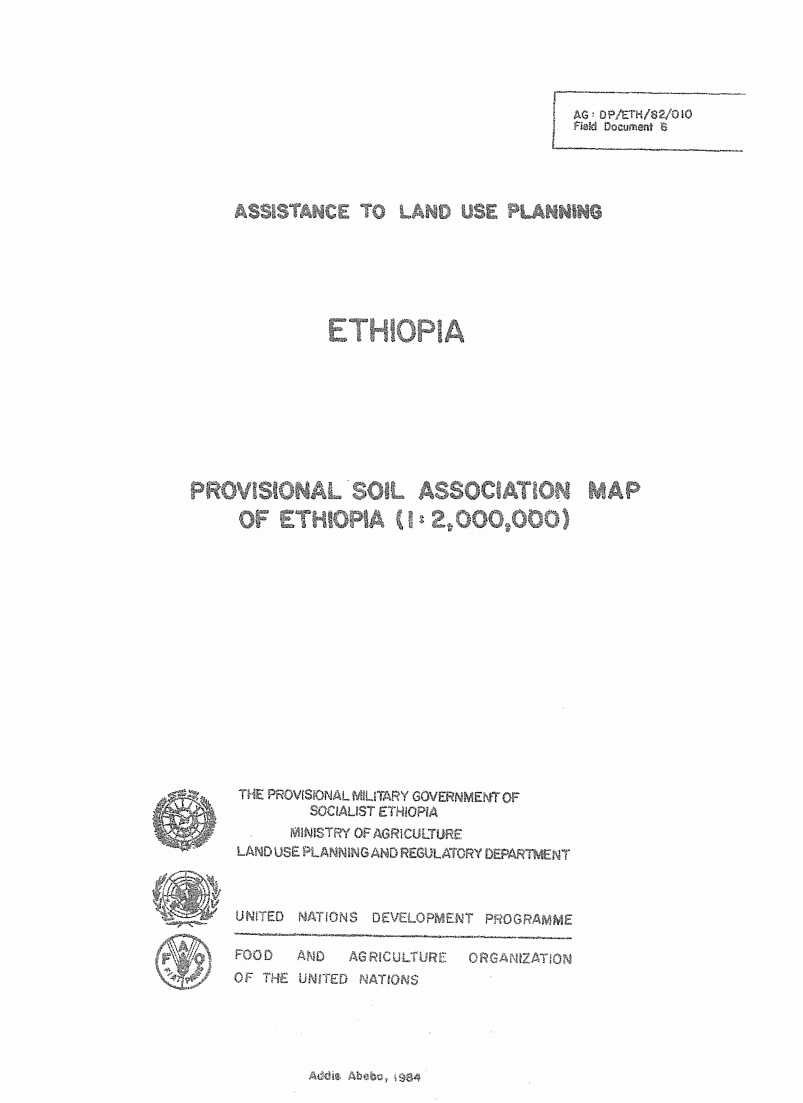Households Land Use Strategies in a Protracted Crisis Context: Land Tenure, Conflict and Food Security in Eastern DRC
The problematic relationship between land tenure, food security and conflict has recently generated a considerable body of research. Land disputes are increasingly recognised as dynamic processes that are generated by (perceived) land tenure insecurity. Conflicts, however, can also lead to intensified struggle for land, especially when politico-military elites seek to consolidate their power base and reward their supporters by extending control over land as part of their war strategies.





